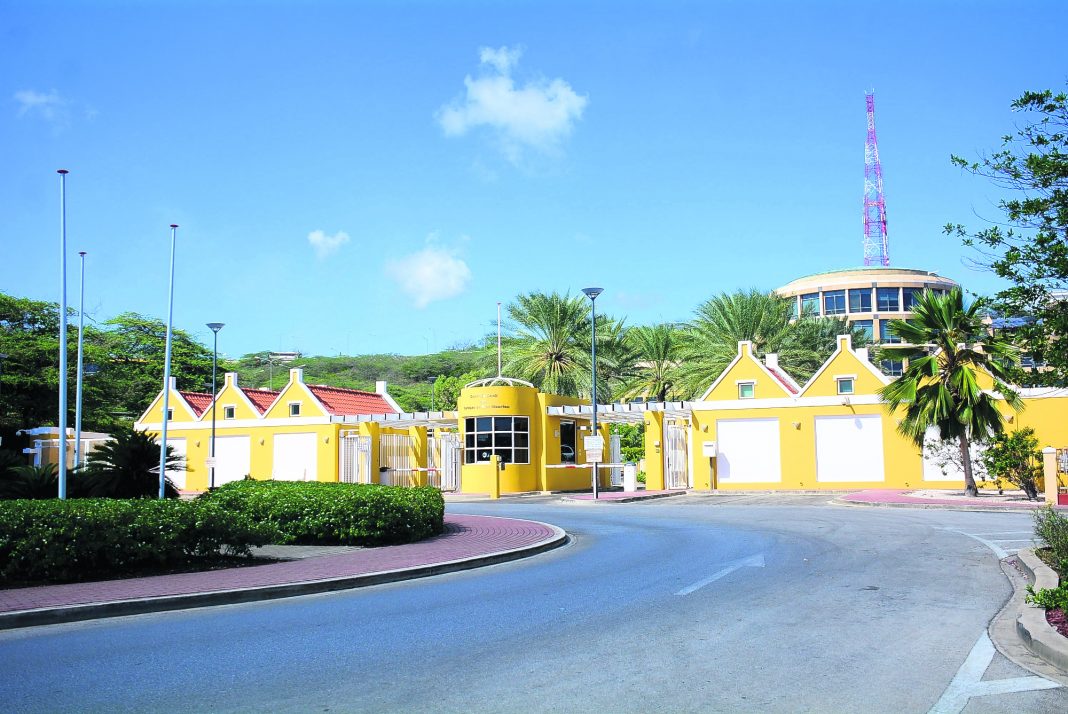WILLEMSTAD.-Preliminary figures indicate that the real Gross Domestic Product of the monetary union between Curaçao and Sint Maarten decreased in 2018, since economic activity fell for both countries. After a contraction of 1.7% in 2017, the real Gross Domestic Product of Curaçao fell by 1.9% in 2018. Meanwhile Sint Maarten registered a heavy economic contraction of 8.1% after a fall of 4.8% in 2017. In addition, inflation increased both in Curaçao and in Sint Maarten. This is what the Acting President of the Central Bank said in a story about the economy of 2018 and the outlook for 2019. In Curaçao, the real Gross Domestic Product fell due to a decrease both in net demand derived from abroad and domestic demand. The negative contribution of net demand from abroad was a consequence of a fall in the export of the product and service and an increase in imports. Both private and public demand caused a drop in domestic demand. The drop in private demand was the result of less consumption, while investment registered zero growth in 2018 compared to 2017. Meanwhile, public demand fell due to less investment and government consumption. An analysis of the economic sectors shows that the fall of the Real Internal Product in Curaçao can be attributed to less activity in the transport, storage, communication, industry, construction, financial service and wholesale and retail sectors. In the field of public finances, the challenge continued for both Curaçao and Sint Maarten during 2018. The Government of Curacao continued with its efforts to make a balanced budget and in this way comply with the norms stipulated in the Law of the Kingdom of Financial Supervision for Curaçao and Sint Maarten. According to the latest projections, after a deficit in 2017, the Government of Curaçao will register a super increase over its 2018 budget.
The economic outlook for the 2019 monetary union is more encouraging. A growth of 0.4% of the Real Gross Domestic Product is projected for Curaçao, thanks to an increase of both the net demand from abroad. For Sint Maarten, a real expansion of 2.3% is projected, which will also be the consequence of a rise in both domestic demand and net demand from abroad. However, there are different risks that may have a negative effect on these economic projections, such as the worsening of the crisis in Venezuela, delay in the process to obtain a strategic partner for the Refinery, termination of the relationship with correspondent banks, delay in the execution of private investments that are planned due to long and complicated administrative processes, and more delays in the process to allocate the necessary funds for the reconstruction of Sint Maarten at the disposition of the country.










